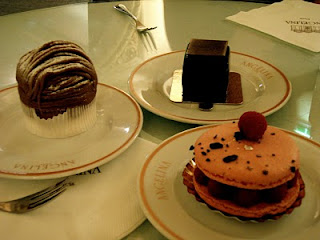The Northern Capital
It took me nearly four years and eight months from the time I started studying Chinese to finally visit Beijing.
That might not sound like a big deal, but the number of doubts I cast, bewildered exclamations I heard, and raised eyebrows I elicited at the statement, "no, I've never been to Beijing" made it seem like one. I have traveled around spectacular places, but choosing those places over the capital of the country that I have studied for so long seemed to be an anomaly. But this past weekend I finally got the chance to see the Northern Capital for myself.
I saw Beijing on a rare weekend (according to my friends who had lived there). The summer is sweltering, the winter is frigid, and I have even heard Beijing expats complain of late spring sandstorms, when the winds blow the Mongolian dust into the China's capital. However, I was there for four days of clear skies, light breezes, and warm weather. The good weather allowed me to enjoy the outdoors, particularly the walks through the parks and gardens that I visited, all of which had blooming plum blossoms.
After a long day of sight-seeing, I had the pleasure of enjoying the night life with some friends who know the city quite well. A high school friend who also happened to be in my Chinese program at college is now living in Beijing, and she took me out a couple of times. She has a passion for Beijing, both because of its Chinese-ness and because of its thriving expat community. It sounds disjointed to like the city for two opposing reasons--both because it is Chinese and because it is not--but it made sense when I entered First Floor, a popular expat bar in the Sanlitun (三里屯) area and noticed hoards of people gathered around on lawn chairs, eating 串儿 (Chinese barbecue). The mixing of expat luxury and 地道 (authentic) Chinese culture infuses Beijing with a unique feeling. The energy is apparent everywhere you go.


Comments
Post a Comment